Enable Data, Don’t “Govern” It
Defining what constitutes data governance can be a complex task, with multiple definitions and perspectives available. As someone who dreads the "What do you do" conversation at social gatherings, I knew I needed to prepare a straightforward answer for my daughter's sake. After spending years trying to explain data governance to my wife, family and friends I had low expectations of being able to communicate data governance to my daughter.
When I explained my role to my daughter, she simply said, "You help people with their data." This moment of clarity was both enlightening and liberating. Reflecting on her statement, I realized that the conversation could be much simpler and more accessible than I thought.
From that moment on, I approached conversations about my work with a new perspective. Instead of getting caught up in technical jargon and complex explanations, I could simply explain that my role involves helping organizations manage and use their data effectively.
Organizations today rely heavily on data to make informed decisions and drive growth. However, managing data effectively can be a complex and challenging task. That's where data governance comes in - providing a framework for managing and using data in a way that's consistent, reliable, and secure.
But the term "governance" can often be met with resistance or fear, as it implies a loss of autonomy and control. To overcome this, it's important to reframe the conversation around data governance as "data enablement" - an approach that emphasizes the benefits and opportunities that come with effective data management.
To achieve effective data enablement, organizations must start by clearly and effectively communicating the purpose and goals of their data program. This messaging should be tailored to the specific needs and concerns of the organization, and should emphasize the value of data as a strategic asset.
Once the messaging is in place, the next step is to establish a clear governance structure that defines the roles, responsibilities, and processes involved in managing data. This structure should be a designed to integrate seamlessly into the fabric of the organization, minimizing disruption and maximizing engagement and participation. Governance should be only a small foundational component of the greater “Data Enablement” program, not the program.
In any data enablement program, the messaging and governance structure play a crucial role in providing clear guidance and avoiding organizational chaos. Neglecting these aspects can result in a program that lacks direction and causes confusion. However, by establishing a solid foundation for data governance, organizations can prioritize and focus on achieving the best insights from their data. It's essential to recognize that investing adequate time in framing and structuring data governance is crucial for achieving the best outcomes for any organization. Don't underestimate the importance of a well-designed data governance structure; it can make all the difference in the success of your data enablement program and achieving the best insights and outcomes from your data.
—Jeremy Guill, MBA

